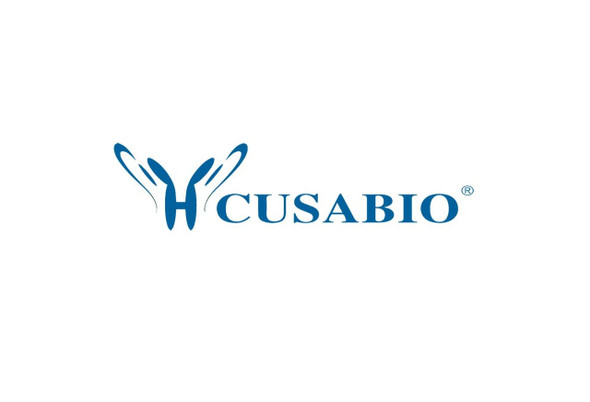Cusabio Active Proteins
Recombinant Human Fibroblast growth factor 2 (FGF2) (Active) | CSB-AP003831HU
- SKU:
- CSB-AP003831HU
- Availability:
- 5 to 10 Working Days
Description
Recombinant Human Fibroblast growth factor 2 (FGF2) (Active) | CSB-AP003831HU | Cusabio
Protein Description: Full Length of Mature Protein
Alternative Name (s) : Fibroblast growth factor 2;FGF-2;Basic fibroblast growth factor;Bfgf;Heparin-binding growth factor 2;HBGF-2;FGF2;FGFB
Gene Names: FGF2
Research Areas: Signal Transduction
Species: Homo sapiens (Human)
Source: E.coli
Tag Info: Tag-Free
Expression Region: 134-288aa
Sequence Info: MAAGSITTLPALPEDGGSGAFPPGHFKDPKRLYCKNGGFFLRIHPDGRVDGVREKSDPHIKLQLQAEERGVVSIKGVCANRYLAMKEDGRLLASKCVTDECFFFERLESNNYNTYRSRKYTSWYVALKRTGQYKLGSKTGPGQKAILFLPMSAKS
Biological Activity: The ED50 as determined in a cell proliferation assay using BALB/c 3T3 cells is less than 10 ng/ml.
MW: 17.2 kDa
Purity: Greater than 95% as determined by SDS-PAGE.
Endotoxin: Less than 1.0 EU/µg as determined by LAL method.
Relevance: Fibroblast growth factor 2 (FGF2) is a secreted protein and belongs to the heparin-binding growth factors family. FGF2 is produced by epithelial, tumor and other cell types. It involved in developmental processes and regulates differentiation, proliferation, and migration, FGF2 is a critical factor for growing embryonic stem cells in culture without inducing differentiation. FGF2 has a high affinity for heparan sulfate and binding is a step in the FGF basic activation of FGFR tyrosine kinase.
PubMed ID:
Notes: Repeated freezing and thawing is not recommended. Store working aliquots at 4℃ for up to one week.
Function: Plays an important role in the regulation of cell survival, cell division, angiogenesis, cell differentiation and cell migration. Functions as potent mitogen in vitro. Can induce angiogenesis
Involvement in disease:
Subcellular Location: Secreted, Nucleus
Protein Families: Heparin-binding growth factors family
Tissue Specificity: Expressed in granulosa and cumulus cells. Expressed in hepatocellular carcinoma cells, but not in non-cancerous liver tissue.
Paythway: MAPKsignalingpathway
Form: Lyophilized powder
Buffer: Lyophilized from a 0.2 μm filtered 20 mM Tris-HCl, 150 mM NaCl, pH 7.5
Reconstitution: We recommend that this vial be briefly centrifuged prior to opening to bring the contents to the bottom. Please reconstitute protein in deionized sterile water to a concentration of 0.1-1.0 mg/mL.We recommend to add 5-50% of glycerol (final concentration) and aliquot for long-term storage at -20℃/-80℃. Our default final concentration of glycerol is 50%. Customers could use it as reference.
Uniprot ID: P09038
Uniprot Entry Name:
HGNC Database Link: HGNC
UniGene Database Link: UniGene
KEGG Database Link: KEGG
STRING Database Link: STRING
OMIM Database Link: OMIM









